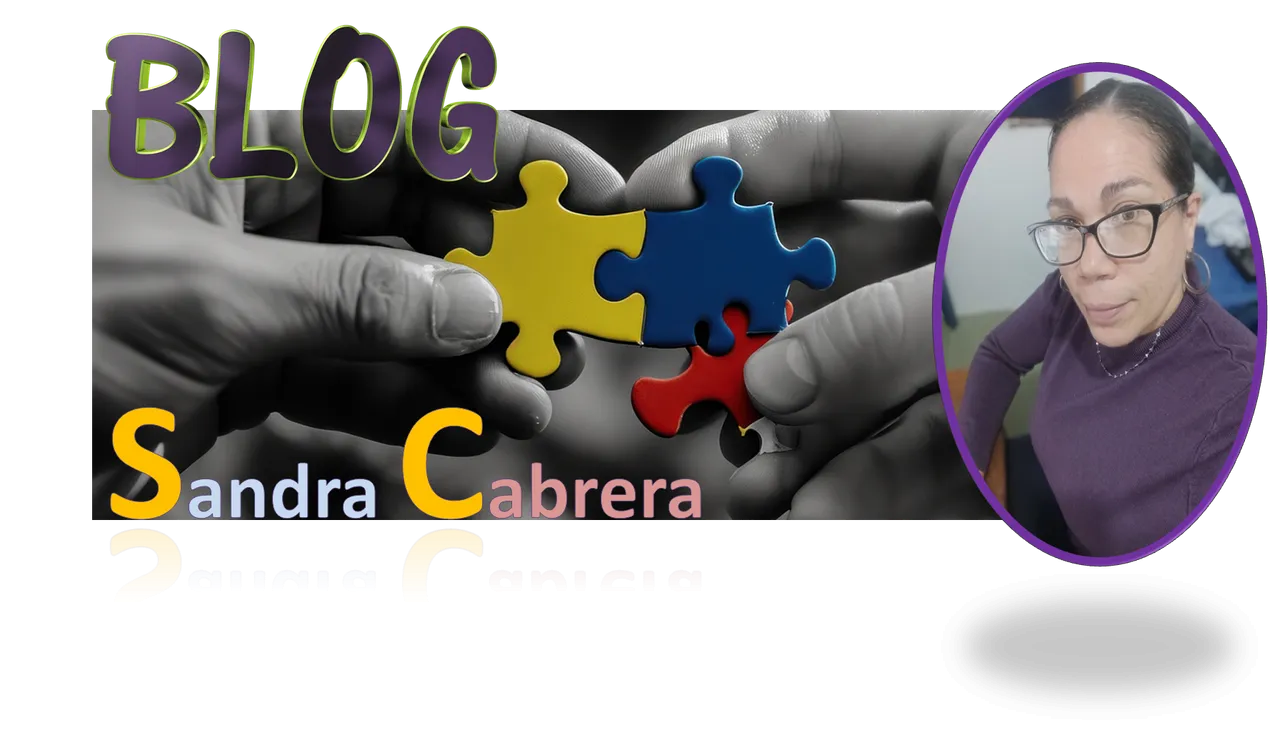En el área de autismo, al igual que en otros trastornos del desarrollo, hay dos términos que tienen importancia debido a sus connotaciones vinculantes con cualidad del pronóstico a corto, mediano y largo plazo para el niño. Los trastornos del neurodesarrollo están catalogados en el manual Dsm5, manual diagnóstico y estadístico, como afecciones que se inician en la infancia temprana.
El primer término que vamos a revisar, ubicándonos en el espectro autista, es el de detección temprana. En el siguiendo artículo académico de investigación en la revista científica SciELO, Detección temprana en trastornos del espectro autista: una decisión responsable para un mejor pronóstico, se maneja la detección temprana en autismo como "una variable determinante de un mejor pronóstico".
Esto quiere decir que se (re)conoce en el niño los signos de alerta que podrían conllevar a una sospecha de este trastorno del desarrollo podremos adelantarnos a realizar rutinas de estimulación asertivas que contengan la gran variabilidad de síntomas de esta condición, a una edad en la cual el desarrollo es altamente susceptible de absorber cambios.
Importante: en ningún caso se está planteando revertir el autismo o curarlo, ya que como condición de vida, una vez que aparece en forma sostenible y realizado su diagnóstico, es permanente.
Si sospechamos que algo no va bien con el desarrollo del niño y observamos cualquiera de estas manifestaciones, podemos decir que tenemos señales de alerta. Tal como se describe en los síntomas de aparición temprana en los trastornos del espectro autista:
-Falta de balbuceo social/comunicativo.
-No se observan gestos como señalar o despedirse con la mano. No mira lo que otros señalan para compartir la experiencia.
-Atraso del lenguaje.
-Ecolalias.
-Interferencias en el uso de la mirada como elemento comunicativo.
-Pocos gesto como alzar los brazos cuando va a ser cargado.
-Falta o poco interés por juegos interactivos. Uso funcional de juguetes. Juego simbólico ausente o poco elaborado.
-Poca sonrisa social.
-No responde a su nombre.
-Falta de imitación espontánea.
-Ausencia de balbuceo si conversara con el adulto.
-Poco interés hacia los niños.
Tener en cuenta estas conductas observables podría hacer una gran diferencia en el progreso y desarrollo de factores de estimulación que generen avances significativos en las competencias del niño. Por esta razón es importante estar informado y documentarse bien para poder realizar un abordaje que nos ayude a ayudar al niño.
Al tener la certeza de que nuestras dudas tienen fundamento, debemos acudir a un especialista para que realice una evaluación del desarrollo del niño y nos tienda las luces necesarias para atender con prontitud y pertinencia la situación. No es recomendable esperar o escuchar opiniones de personas que no tienen la experiencia y la formación necesaria para poder detectar y saber qué hacer con estas señales tempranas.
El segundo término a revisar, ubicándonos en el espectro autista, es el de intervención temprana. En el siguiendo artículo académico de investigación en la revista científica Psicología Educativa - Educational Psychology La atención temprana en los trastornos del espectro autista (TEA), la detección temprana en autismo hace referencia :
Tal y como hemos dicho anteriormente, la atención temprana (AT) se describe como el conjunto de intervenciones dirigidas a la población infantil de 0 a 6 años, a la familia y al entorno que tienen el objetivo de dar respuesta a las necesidades de niños con trastornos del desarrollo o riesgo de padecerlo (GAT, 2000).
Para poder inicial el proceso de intervención temprana, debemos tener el diagnóstico. Una de las ventajas de que se pueda contar con el mismo es que ya los padres no tendrán incertidumbres; sino que iniciaron el camino marcado por un juicio clínico válido para identificar las mejores opciones de servicios y recursos de apoyos especializados. La identificación pertinente de las necesidades es la clave para que la familia pueda gestionar en forma proactiva sus recursos en función de garantizar prestaciones que prefiguren pronósticos positivos.
Fundamentalmente la dinámica de la intervención temprana está alrededor de acciones como: contactar servicios especializados; formar e informar adecuadamente a todos los miembros de la familia sobre la condición de autismo; ingresar y/o formar grupos de apoyo formados por padres, familiares y amigos para estar actualizados sobre las líneas de intervención y tratamientos, tanto médicos, educativos como nutricionales; contratar a profesionales de confianza, disponibles, y con experiencia que conformen una red de apoyo inmediata.

Soy Sandra Cabrera, licenciada en Dificultades para el Aprendizaje, con estudios de postgrado en Educación Especial Integral, Planificación Educativa y Literatura Infantil. Si te interesan los temas sobre educación especial, la discapacidad y las condiciones especiales del desarrollo, puedes contactarme a través de los números 04128032993 y 0412 8333334 y en:
El canal de Telegram, Trastornos del Aprendizaje.
En las redes sociales Instagram y Facebook1 y Facebook2. Sandra Cabrera Psicopedagoga.
En la cuenta de Spreaker, @sandracabrerapodcast.

**Traducción: con Google.
In the area of autism, as in other developmental disorders, there are two terms that are important due to their binding connotations with the quality of the short, medium and long term prognosis for the child. Neurodevelopmental disorders are listed in the Dsm5 manual, a diagnostic and statistical manual, as conditions that begin in early childhood.
The first term we are going to review, placing ourselves on the autistic spectrum, is early detection. In the following academic research article in the scientific journal SciELO, Early detection in autism spectrum disorders: a responsible decision for a better prognosis, early detection in autism is handled as "a determining variable for a better prognosis."_
This means that if the child's warning signs that could lead to a suspicion of this developmental disorder are (re)recognized, we can move forward with assertive stimulation routines that contain the great variability of symptoms of this condition, at an age in which development is highly susceptible to absorbing changes.
Important: in no case is autism being considered to be reversed or cured, since as a life condition, once it appears in a sustainable way and its diagnosis is made, it is permanent.
If we suspect that something is not right with the child's development and we observe any of these manifestations, we can say that we have warning signs. As described in the early onset symptoms of autism spectrum disorders:
-Lack of social/communicative babbling.
-No gestures such as pointing or waving goodbye. Does not look at what others point to in order to share the experience.
-Language delay.
-Echolalias.
-Interferences in the use of gaze as a communicative element.
-Few gestures such as raising arms when being picked up.
-Lack or little interest in interactive games. Functional use of toys. Absent or poorly elaborated symbolic play.
-Little social smile.
-Does not respond to name.
-Lack of spontaneous imitation.
-Absence of babbling if talking to an adult.
-Little interest in children.
Taking into account these observable behaviors could make a big difference in the progress and development of stimulation factors that generate significant advances in the child's skills. For this reason, it is important to be well informed and documented in order to be able to carry out an approach that helps us help the child.
When we are certain that our doubts are well-founded, we must go to a specialist to carry out an evaluation of the child's development and give us the necessary lights to promptly and pertinently address the situation. It is not advisable to wait or listen to opinions from people who do not have the experience and training necessary to be able to detect and know what to do with these early signs.
The second term to review, locating ourselves in the autistic spectrum, is early intervention. In the following academic research article in the scientific journal Psicología Educativa - Educational Psychology Early intervention in autism spectrum disorders (ASD), early detection in autism refers to:
As we have said before, early intervention (AT) is described as the set of interventions aimed at the child population from 0 to 6 years old, the family and the environment that aim to respond to the needs of children with developmental disorders or at risk of suffering from them (GAT, 2000).
In order to start the early intervention process, we must have the diagnosis. One of the advantages of having it is that parents will no longer have uncertainties; instead, they have started the path marked by a valid clinical judgment to identify the best options for specialized support services and resources. The pertinent identification of needs is the key for the family to be able to proactively manage its resources in order to guarantee services that prefigure positive prognoses.
Fundamentally, the dynamics of early intervention is around actions such as: contacting specialized services; properly train and inform all family members about the condition of autism; join and/or form support groups made up of parents, family members and friends to stay up to date on the lines of intervention and treatments, both medical, educational and nutritional; hire trusted, available, and experienced professionals who form an immediate support network.

I am Sandra Cabrera, a graduate in Learning Disabilities, with postgraduate studies in Comprehensive Special Education, Educational Planning and Children's Literature. If you are interested in topics related to special education, disability and special developmental conditions, you can contact me at 04128032993 and 0412 8333334 and at:
The Telegram channel, Learning Disorders.
On social media Instagram and Facebook1 and Facebook2. Sandra Cabrera Psychopedagogue.
On Spreaker account, @sandracabrerapodcast. #  # **Translation: with Google.




